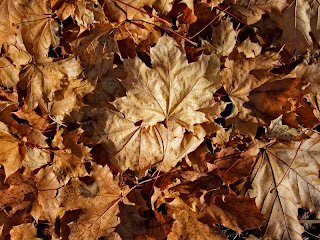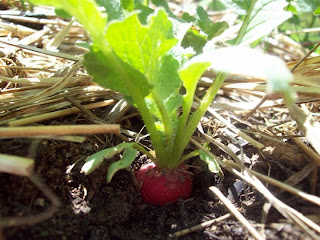
The food and agriculture organization data tells us that we produce food for 12 billion people, but there are only 6.3 billion people living. Meanwhile, 800 million suffer from malnutrition and hunger, 1.7 billion suffer from obesity, and the rate of diabetes is growing exponentially along with cardiovascular diseases caused by malnutrition. Now, the logic in which consumption must be fast is taking us from a point of wasteful abundance to a terminal point. Every day we hear about water shortages, excessive use of chemical fertilizers and infertile soils, the loss of biodiversity, huge oil spills in the Gulf of Mexico, storm flooding, global warming – the entire ecosystem threatened!
Successful forms of community based local agriculture have fed much of the world for thousands of years while conserving ecological integrity, and continue to do so today in many parts of the world. However, technological interventions sold by global corporations as panaceas for solving problems of “inefficiency in small-scale production”, and supposedly world hunger, have had exactly the opposite effect.
The small but enlightening book Manifestos on the Future of Food and Seed declares that food has become the place for fascism to act. This fascism is seen where the seed is patented and turned into the monopoly property of a handful of corporations. Ninety-five percent of GM seeds are controlled by one corporation, called Monsanto. Monsanto then uses the fictitious democracy that created the World Trade Organization and the financial conditionalities of the World Bank and the International Monetary Fund to force people everywhere to give up their seed freedom, give up biodiversity, and deny the richness of our natural resources.
In India, there are plants called "Crops of truth". These plants, given by Nature, do not need any additional inputs to grow. One simply has to broadcast the seed and in time reap a nutritious harvest. In fact, crops of truth, or local crops, abound everywhere! These are hardy genes, evolved over centuries. It is important that these crops of truth are protected from the "GM buccaneers". The women of Zaheerabad have done just that because they are mothers. Women have taken over what used to be the male role of managing the household seed stock because “Men wanted to store fewer seeds and preferred to buy from the market, where as women want all sorts of seeds for all sorts of food that the family eats". They have a very simple contraption to store seeds. A basket, about two feet in diameter by eighteen inches deep, is plastered with cow dung. When it dries, seeds are placed in it, covered with grass and then with cow dung. This simple contraption protects all their seeds and hardly costs a few rupees.
Unless local communities work to preserve local seeds, especially indigenous seeds of crops that are highly nutritious and tasty and can be grown at low or no cost, and no energy input, we shall cease to exist as a viable society. Remember that low or no cost and no energy input implies that there will be minimal or no CO2 emission from such farming activities.
The community is the most important entity that can help us ensure food and nutrition security and deal with common issues. It is important to realize that we can not separate human rights from right to seeds and food as well as right to grow food for our consumption. Most people in the west have forgotten that access to food is a basic human right; they have been misled to believe that that right can only be exercised in a supermarket run by Wal Mart or Tesco. We all can exercise this human right by refusing to purchase engineered and manufactured food and by claiming our right to grow any food that Nature gave us. It is important to inform our political representatives that the basic human right to food [and water, and air, and forests, and rivers, seeds, reproduction] is a fundamental right which no living entity, no corporation, and no state should be allowed to expropriate. And we have presumed to do just that all over the world.
The local economy is the only one that allows for the realization of what is becoming an oxymoron: sustainable development. If we want to bring about sustainable development, we must reinforce the elements of the local economy and recognize how much creativity there is in making this local economy. It is especially important for us, who live in the USA, to realize that the time is upon us when Community Rights will have to take primacy over the rights of the state, corporations and individuals. We can’t survive even for a day in post oil world without the help and support of our community. Therefore, legal instruments for giving primacy to community rights and local economies should be developed and legislated everywhere. We have all been misled that the corporate state cares for us and will use natural resources for our welfare: that has proved to be simply false. The market mechanism in its current form actually works against the interest of farmers and communities. The market responds to many irrational demands of the consumers, invariably driven by convenience, whereas an honest human being (and especially a farmer) has to balance the environmental costs that are not factored in by the market in its cost calculations.
Whilst community rights will tide over the crisis of survival and maybe extend our survival by a few centuries, it would require different constructs of morality and law, and a turnabout in consciousness with regards to responsibility. I'm not advocating we start another obnoxious revolution in opposition to someone or something or some abstract idea, and i'm not advocating we go about business as usual. I'm asking us to be discriminating, intelligent, heart-felt, co-producing participants in our local communities today, or else we lovelessly compromise what is in the best interest of all around the world.

















































